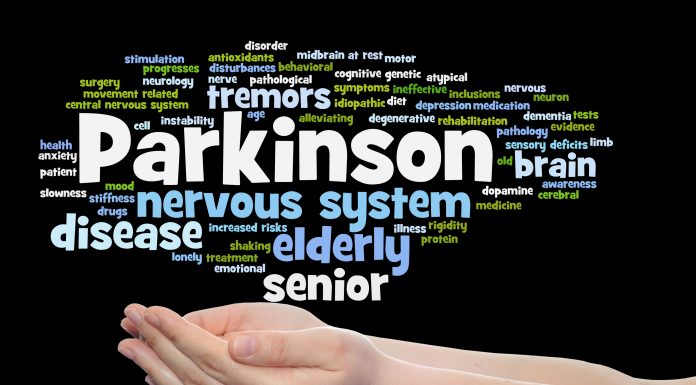Although aging can have a bad reputation, this doesn’t mean that you can’t stay physically active and enjoy many of the benefits that exercise has to offer. Not only can staying active improve chronic conditions, such as heart disease, obesity and diabetes, but it can also help fight cognitive decline. Here are some tips on how to stay active as you age.
Build an Exercise Plan
It can feel overwhelming trying to determine which types of exercise are best for your needs. This is where building an exercise plan comes in handy. Finding activities that you enjoy in each of the four building blocks of fitness is a great way to get a variety of exercises in. These building blocks include:
Cardio:
Cardiovascular exercise is defined as vigorous activity that uses large muscle groups in rhythmic motions, which increases heart rate and boosts blood flow throughout the body. Some examples of cardio exercises include running, swimming, hiking, cycling, dancing and climbing the stairs. This type of exercise has been shown to reduce fatigue and shortness of breath, and it can also allow you to improve endurance during everyday activities, such as running errands or cleaning your home. If you’re looking to further improve your endurance, looking up Thrive reviews can help you decide if this product is right for your needs.
Balance:
Balance problems are among the most common for older adults, with approximately 25% reporting difficulty balancing. Whether you’re staying in one place or moving around, balance exercises are great for improving stability and reducing your risk of falls. These include yoga, tai chi and posture exercises.
Flexibility:
Flexibility workouts improve your joints’ ability to move freely through a range of motion. Whether you decide to engage in stationary stretches or stretches that involve movement, flexibility exercises can keep your joints agile and reduce the risk of injury. This can also increase your range of motion and allow you to complete daily activities like tying your shoes or shampooing your hair. Yoga is one of the most common flexibility exercises.
Strength and power training:
Strength training builds muscle by using weight or resistance from machines, elastic bands or your own weight. Power training is similar to strength training, except that it’s completed at a faster speed to improve reaction time. Strength training is especially important in old age because it can build muscle, improve balance and prevent the loss of bone mass. Power training can also help you react quickly if you start to lose your balance. It can aid in everyday activities, such as opening jars or lifting objects.
Determine the Duration of Your Exercise
According to the National Health Service, older adults should aim to be physically active each day. In a week, you should be doing at least 150 minutes of moderate-intensity exercise or 75 minutes of vigorous-intensity activity. It’s best to start small and build up gradually so that you don’t tire yourself out too quickly. There are three main types of activity: light, moderate and vigorous. Light activity is defined as moving instead of sitting or lying down. This includes getting up to make coffee, making your bed or cleaning around your home. On the other hand, moderate activity raises your heart rate and increases your temperature. This includes pushing a lawn mower, brisk walking or swimming. Lastly, vigorous activity will cause your heart to beat rapidly and increase your breathing rate, which can make it difficult to hold a conversation. Activities such as using a treadmill, climbing stairs and running are considered vigorous exercise.
Don’t Give Up!
It can be difficult to get discouraged if you’re having trouble exercising, which is why it’s important to keep yourself motivated. Be sure to focus on your short-term goals, as these are usually smaller and more achievable. You can also reward yourself with a cup of coffee or your favorite movie if you successfully complete a workout. Lastly, finding a friend or family member to exercise with can make the experience more enjoyable. Staying active as an older adult can be difficult, but starting with small steps can make it more manageable.























